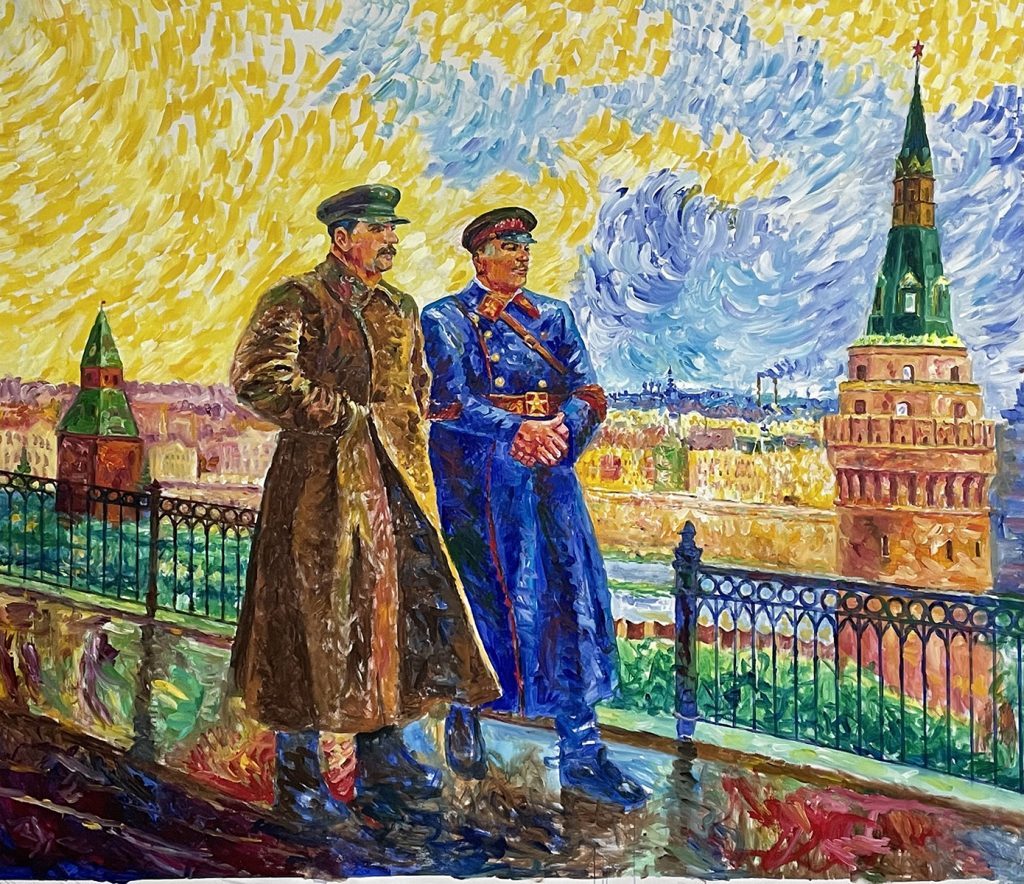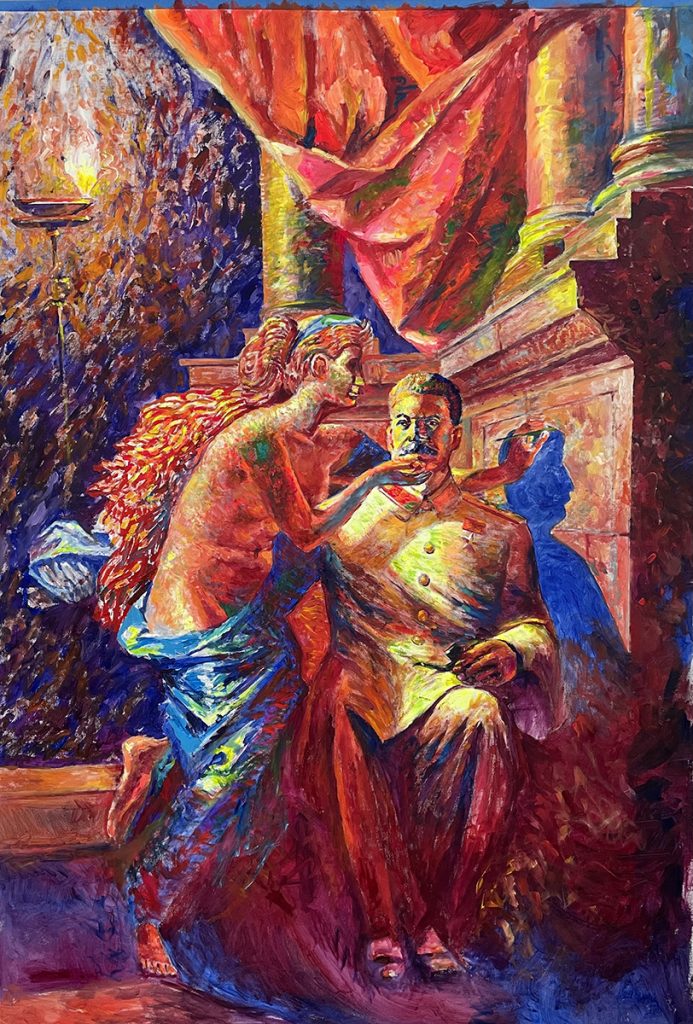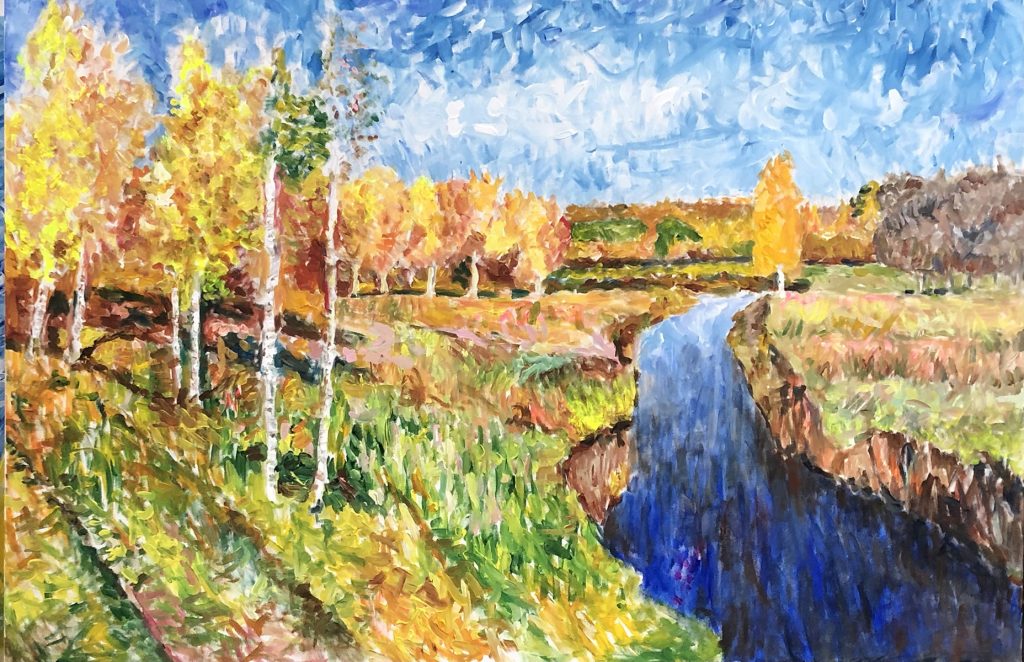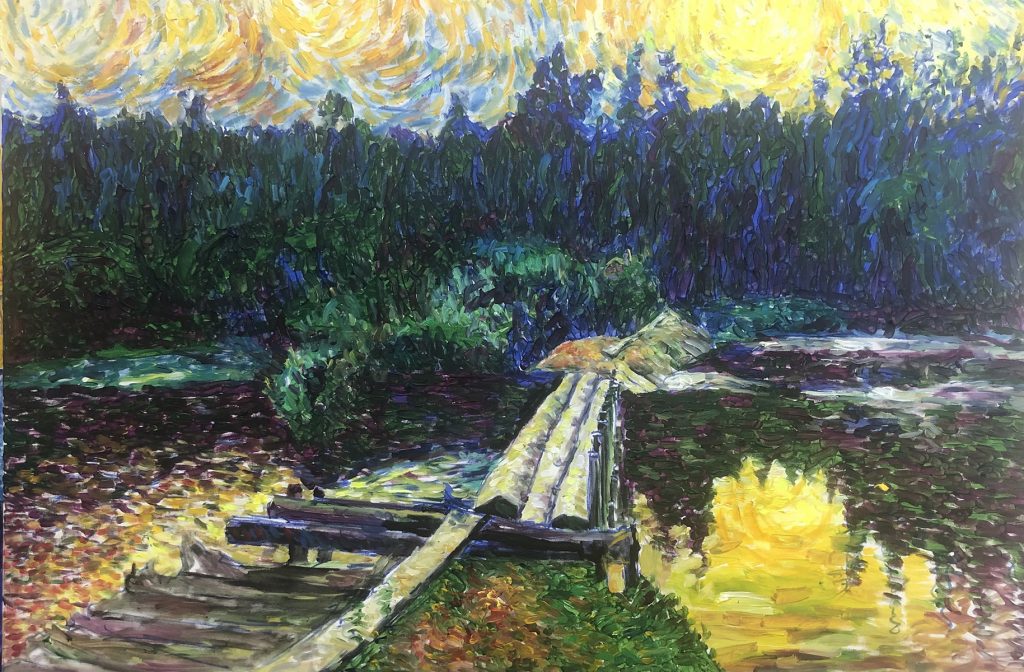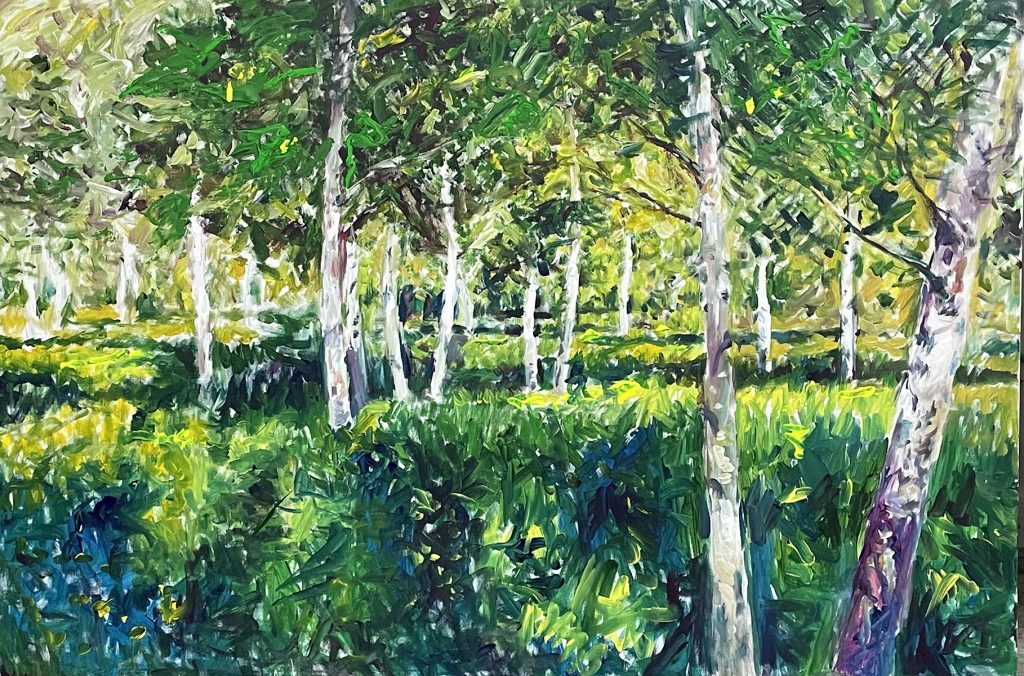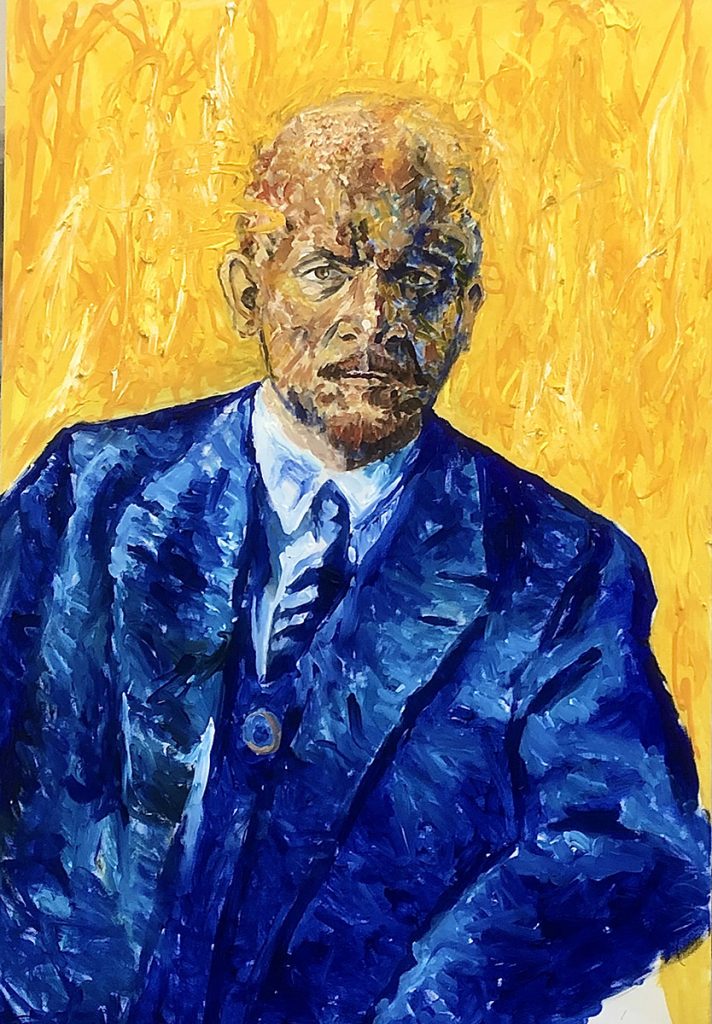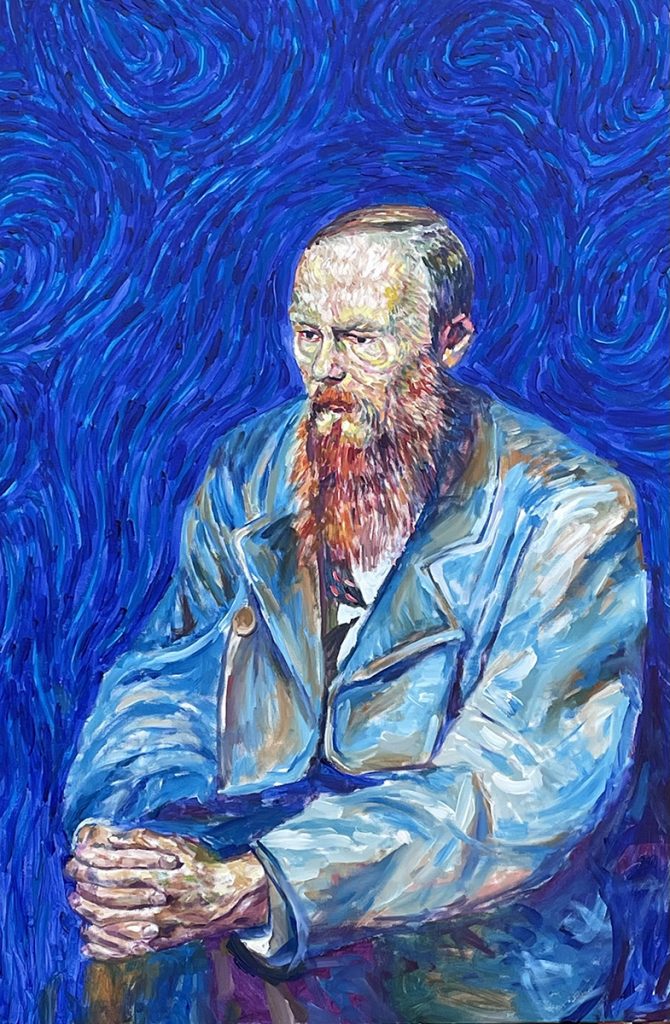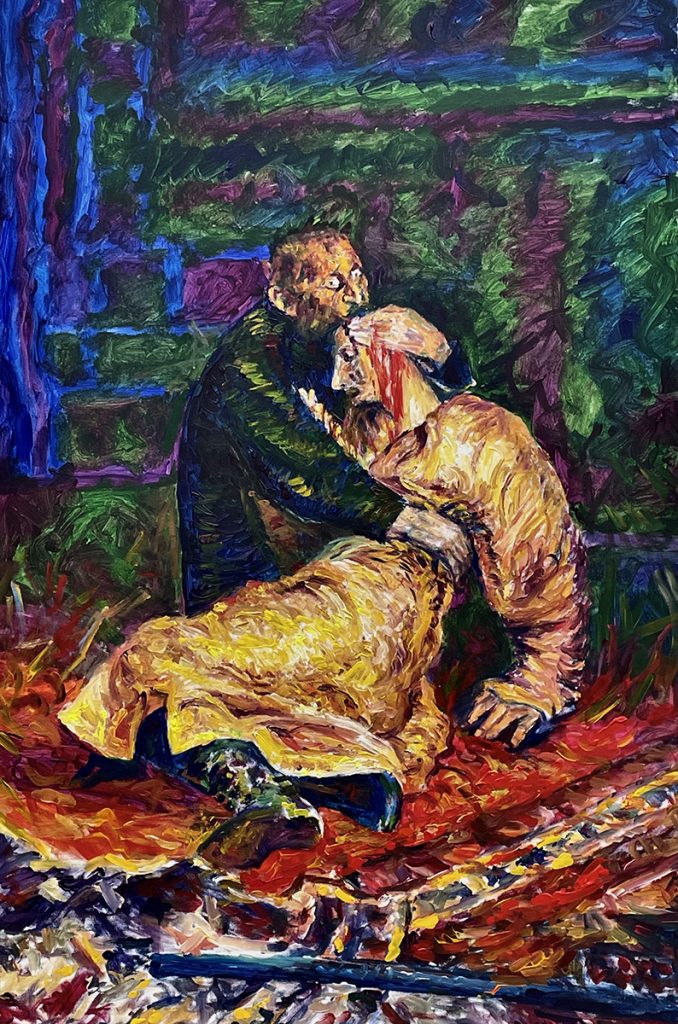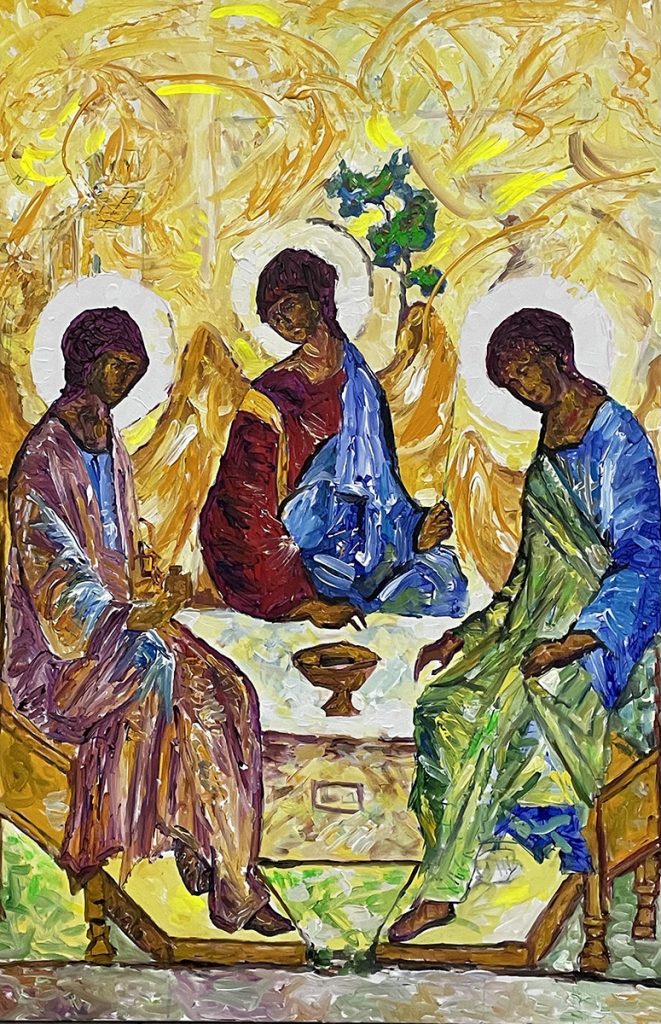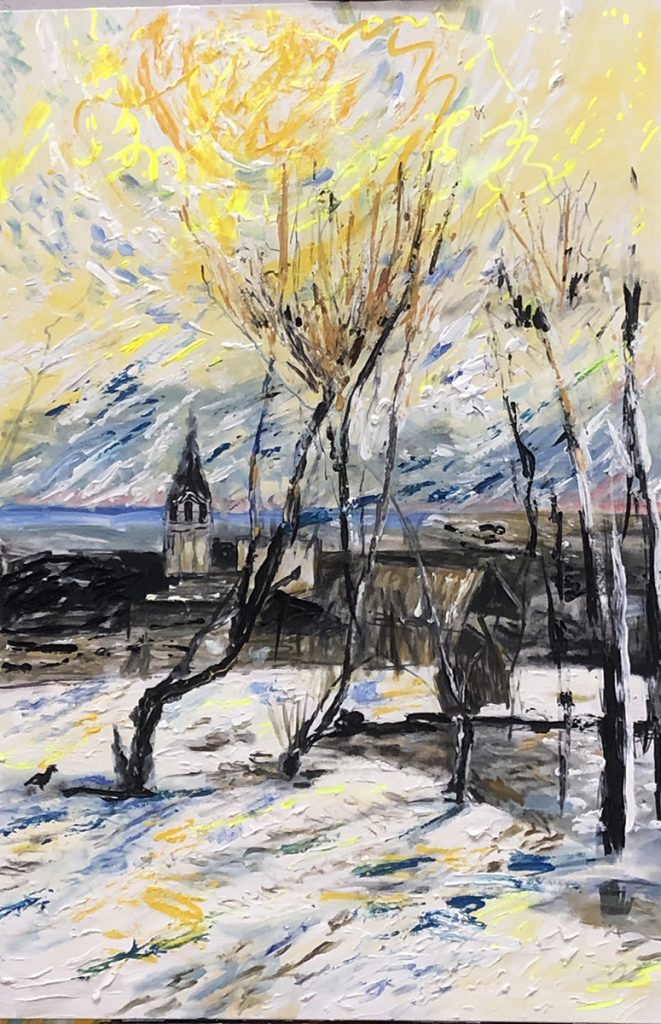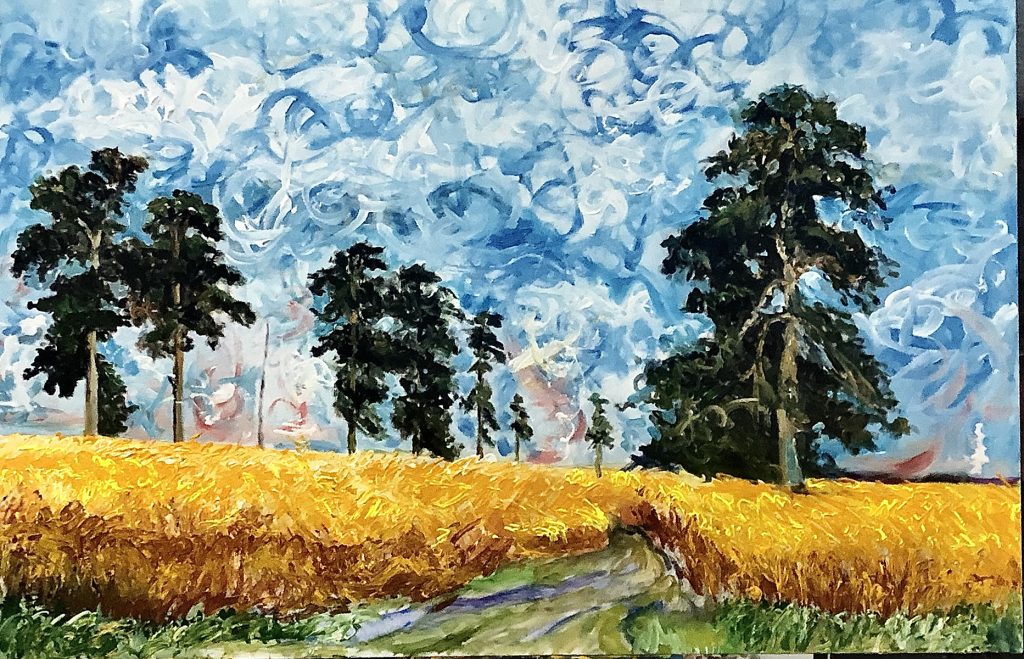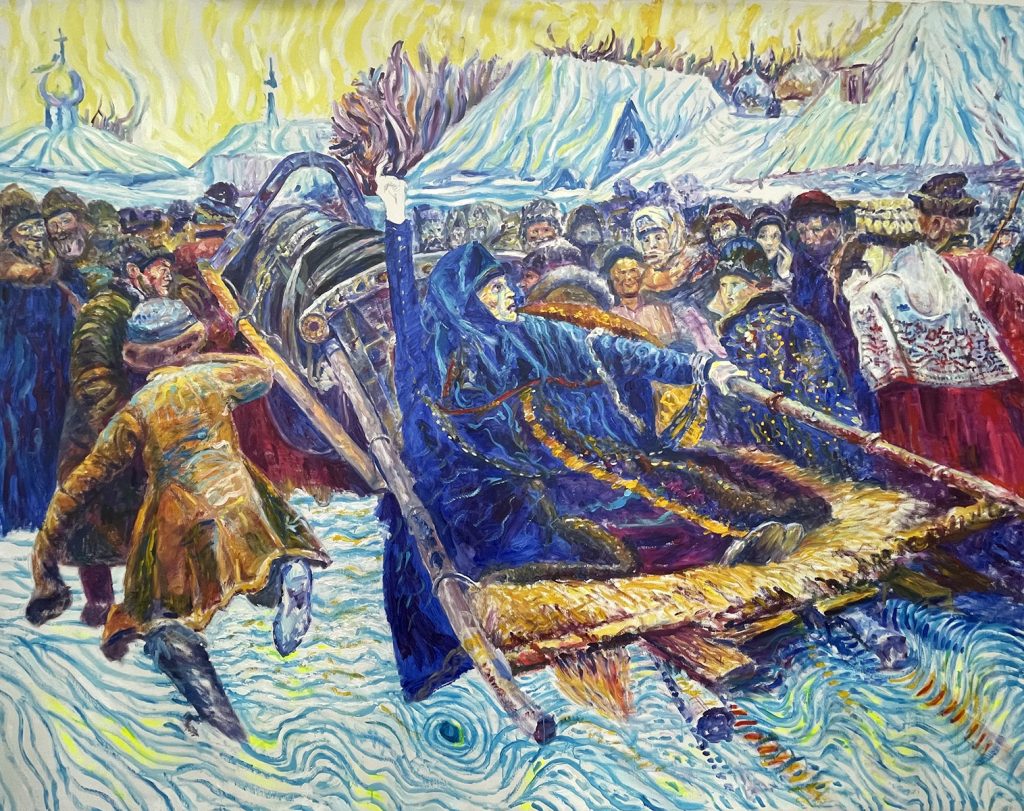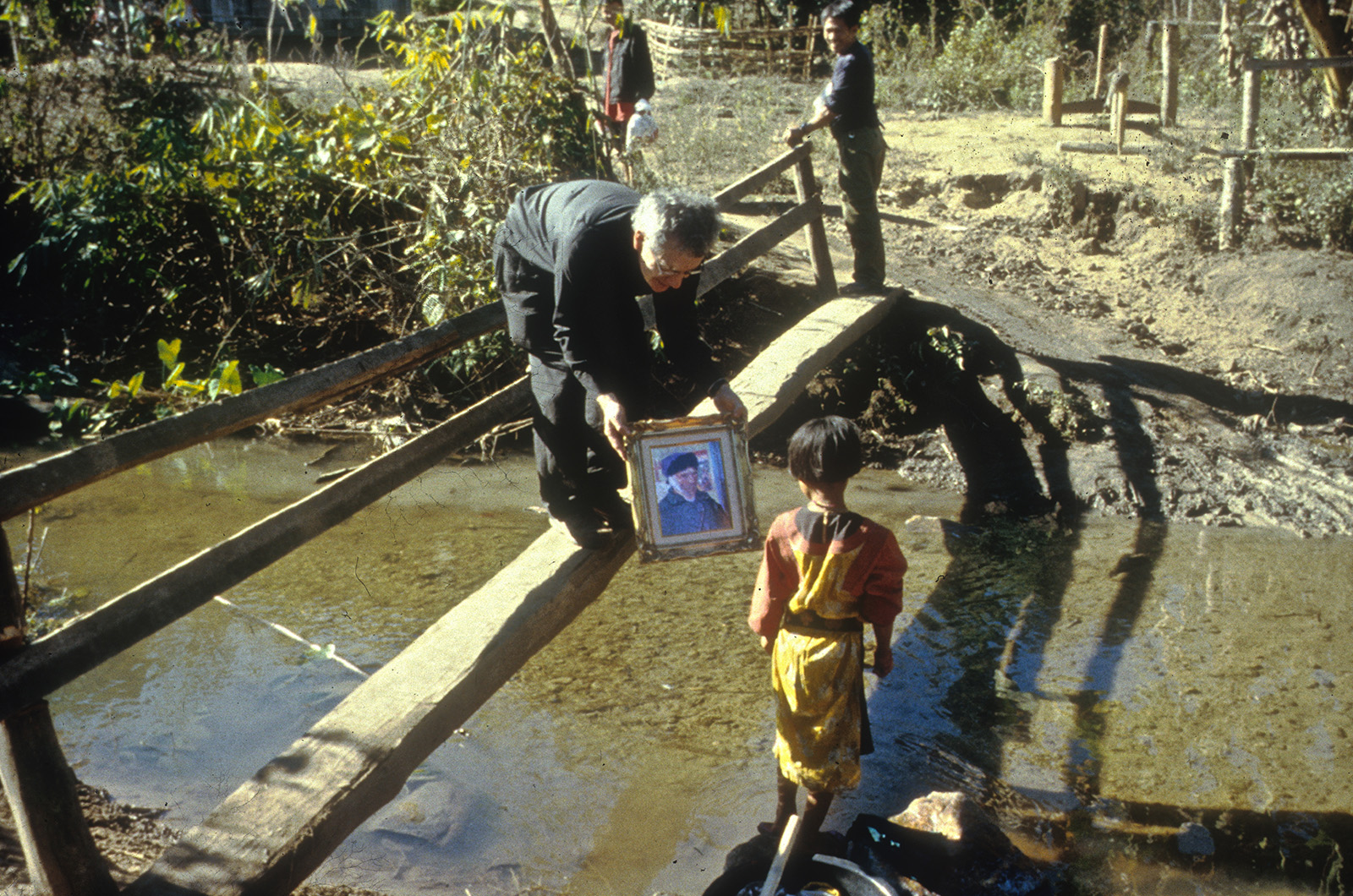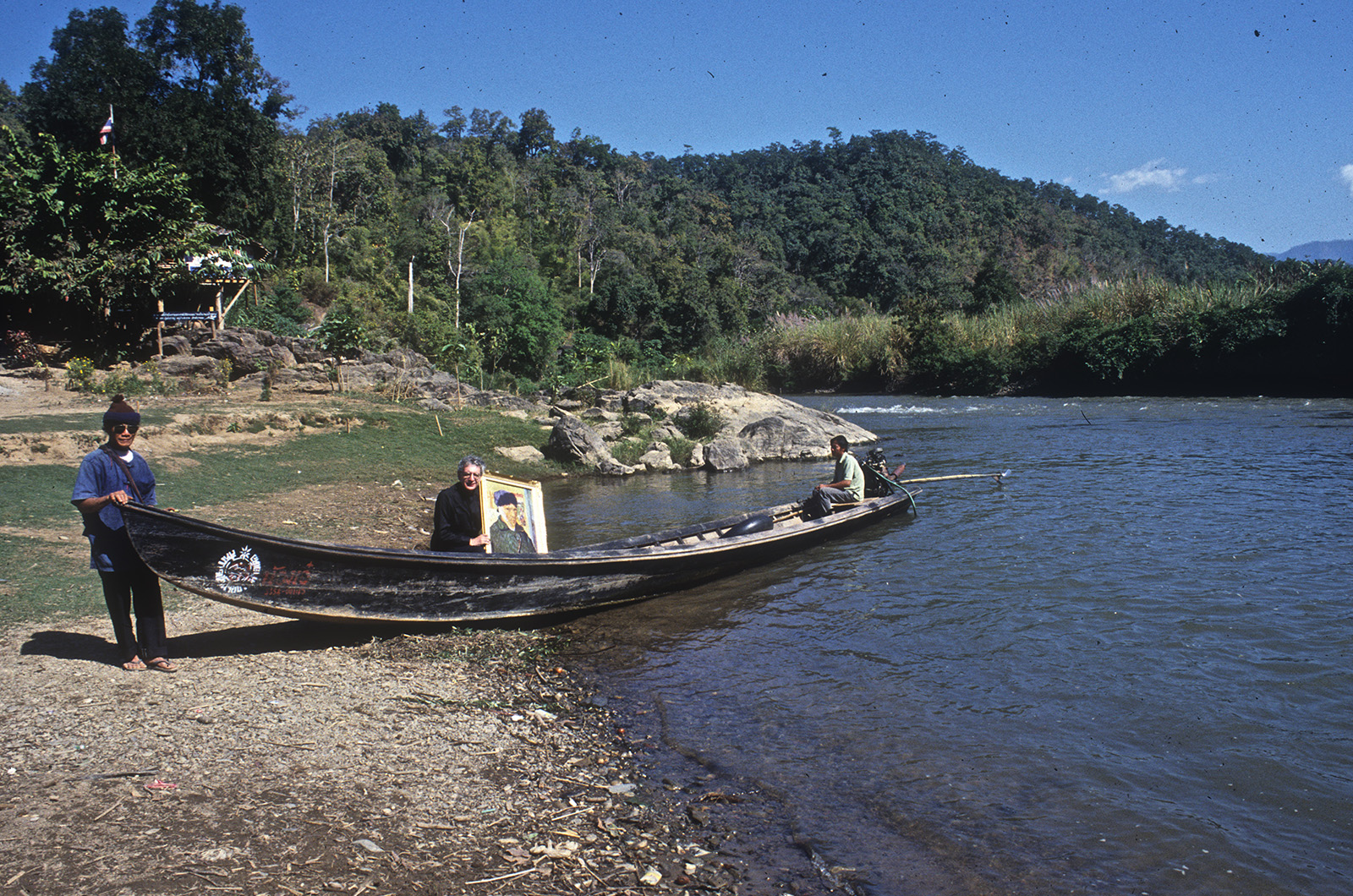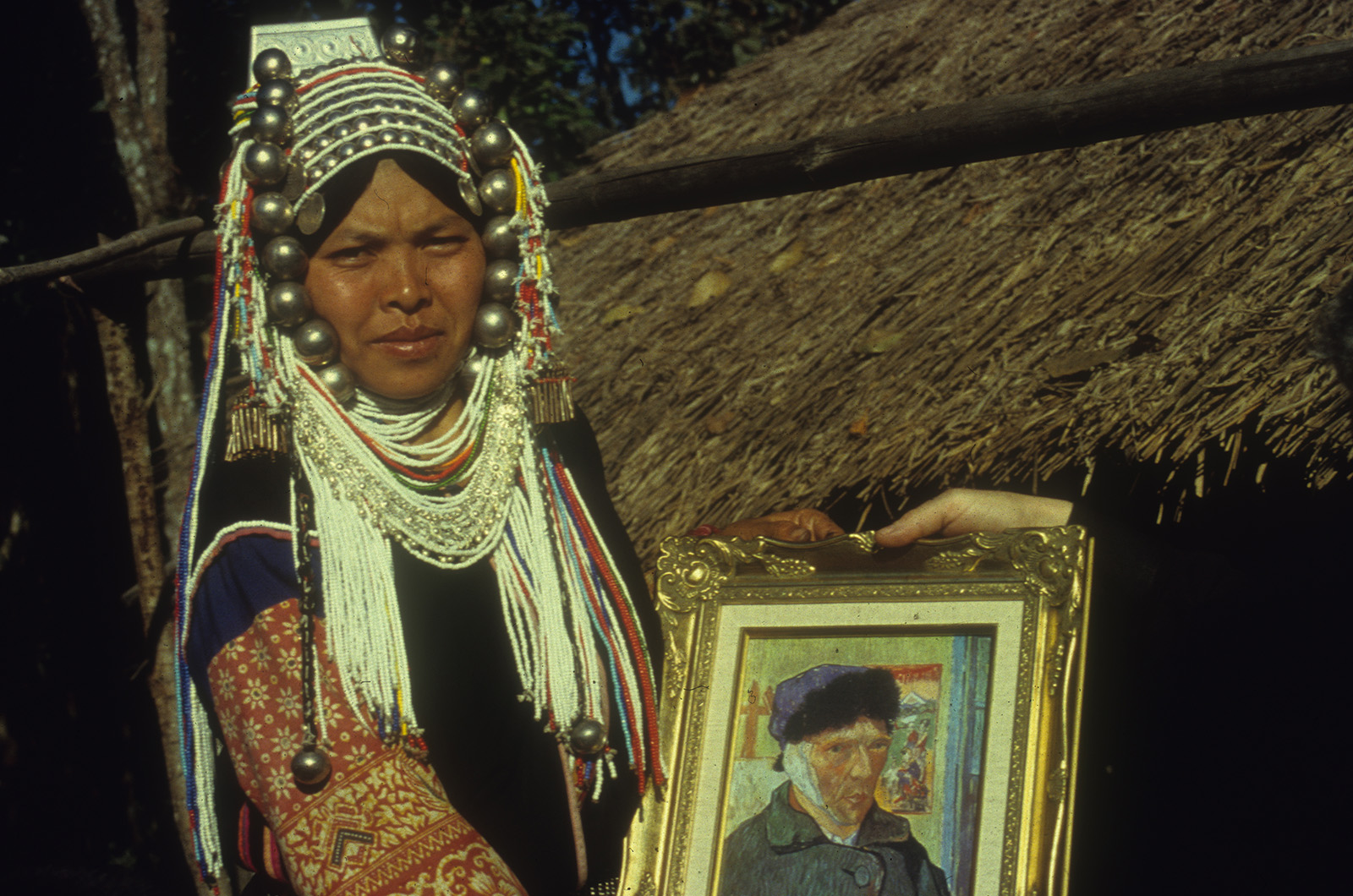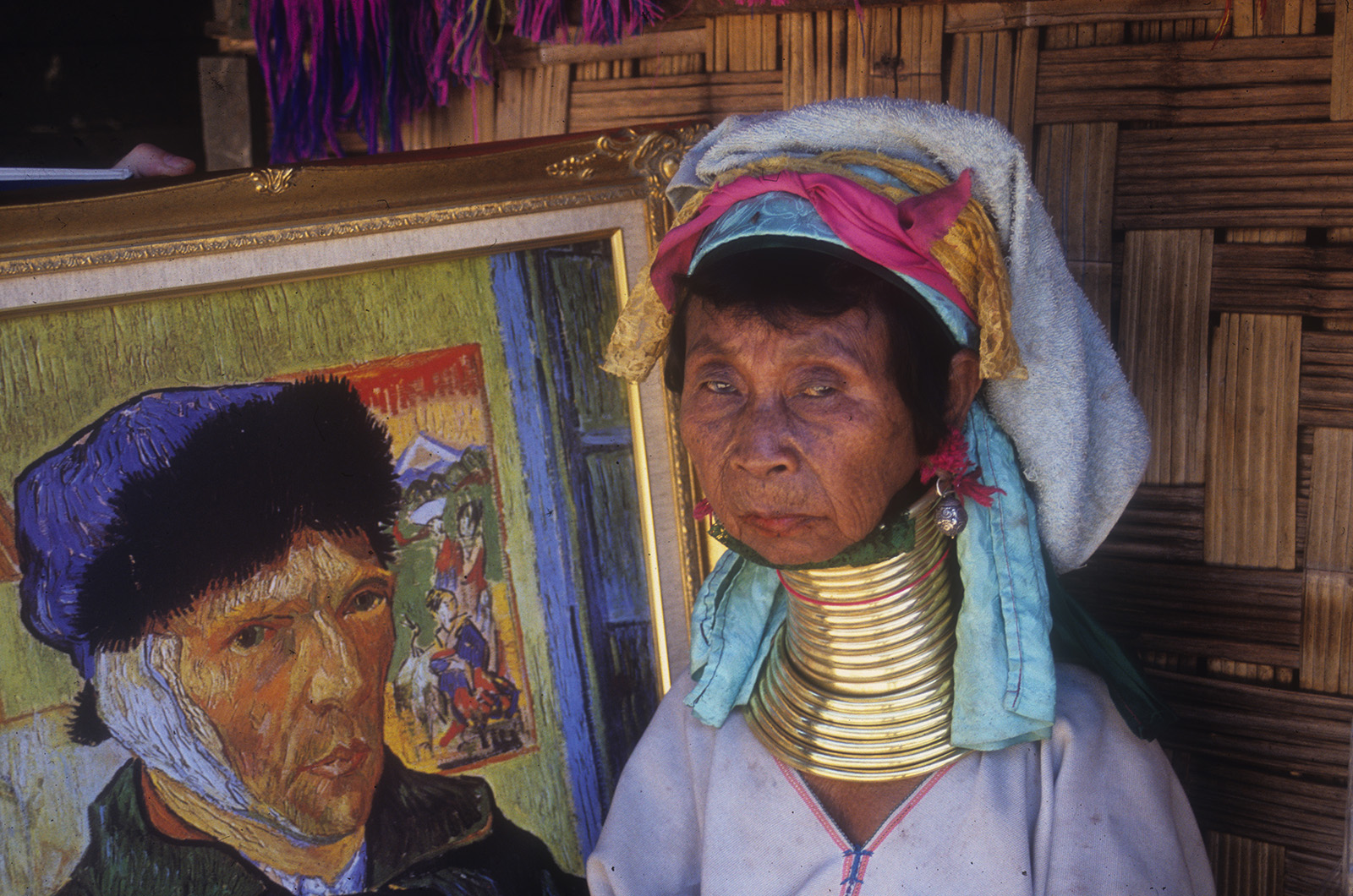Welcome to La Célula!

Welcome to La Célula!
La Célula is the cell – the nucleus for creativity. A place for exhibitions, dialog, experiments and collaborations. An idea that is spreading and contagious to all forms of cultural creation.
We value openness, freedom and diversity and encourage experimentation and knowledge as a key to share the passion for art. Our community is made up of individuals who share this passion and hold a strong conviction in its ability to bring people together. We believe that art is a language that can bridge cultures, religions and generations, and we strive to create an environment where new creative projects can be born and thrive.
Whether painting, sculpture, music, dance or poetry – countless artists are drawn to the Mediterranean. Our base is on the beautiful island of Mallorca where sun, sea and landscape offer a soothing break of the urbanistic metropolises of the world. La Célula, a former sports facility in Palma, has been revived by the visionary artist Christian Awe – as a meeting place for creatives of all forms and a place to connect. It is run by the cultural manager Dasha Bikmansurova as a hub of inspiration.
Furthermore, this unique thought won’t be limited just to Mallorca, but will travel to bring about collaborations beyond the borders of the island.
Alexander Melamid meets Christian Awe
Curated by Marat Guelman
Saturday, April 29, 2023 11:30am – 4pm
Sunday, April 30, 2023 11:30am – 4pm
Art Brunch and an exclusive tour with both artists and the curator through the exhibition.
Talk about current cultural projects and opportunities in Europe in times of the Ukraine / Russia conflict
Performance “Human. Artist. God” by Alexander Melamid
Saturday, April 29 2pm
Zur alten Flussbadeanstalt 4
10317 Berlin
Germany
hello@la-celula.com

Alexander Melamid
Born in Moscow in 1945, artist and performer Alexander Melamid studied at the Moscow State Art and Industry Academy, where he met Vitaly Komar, and the two became artistic partners. Komar & Melamid (K&M) are widely considered the founders of the Sots Art movement.
In 1974, K&M played an important role in organizing the “Bulldozer Exhibition” in Moscow. In 1977, under pressure from the Soviet authorities, Komar and Melamid emigrated to Israel, and then relocated to the United States, settling in New York.
One of K&M’s most famous projects was the “People’s Choice” – a series of paintings based on polling done in various countries which identified what qualities their citizenry considered necessary in the most ideal, and the most horrible, paintings. In 2003, the creative duo broke up and each artist went on to pursue their own creative ideas.
Having been introduced to the world of hip-hop by his son Dan, Alexander became intrigued by the rich history and the worldwide popularity of this cultural phenomenon. In 2008, for his first solo exhibition, “Holy Hip Hop!”, at the Museum of Modern Art (Detroit), Alexander presented a series of large-scale portraits of hip-hop artists in the tradition of the Old Masters. In 2009, Phillips de Pury Auction organized an exhibition at the Saatchi Gallery of 15 monumental paintings by Alexander Melamid featuring portraits of iconic figures from various epochs. In 2011, the artist opened the Ministry of Art Healing in New York City, where patients were offered medical treatment by way of visual exposure to historical masterpieces of art.
The works of Alexander Melamid and Vitaly Komar can be found in the collections of the Metropolitan Museum of Art (New York), the Museum of Modern Art (New York) , the Whitney Museum of American Art (New York), the Tate Modern (London), the Georges National Center for Art and Culture Pompidou (Paris), the State Tretyakov Gallery (Moscow), the Russian Museum (St. Petersburg) and in various private collections and foundations around the world.
PERFORMANCE HUMAN. ARTIST. GOD.
Alexander Melamid’s performance “Human. Artist. God.” is the result of a kind of critical thinking on art in general, where the boundaries between art and religion are blurred. To be more precise, art can easily become a religion, because a belief in the power of art can be no less fanatical than, for example, the Christian one. A person’s desire to embrace the power of art, to visit a rare exhibition in a museum, is akin to people’s admiration for religious symbols and saints. So why should one not worship Van Gogh, who has long been a symbol of art in general? And since one can worship Van Gogh, so Melamid can become an object of worship, have his followers and promote his belief in himself.
Art as a new religion, the artist as a new sacred image!
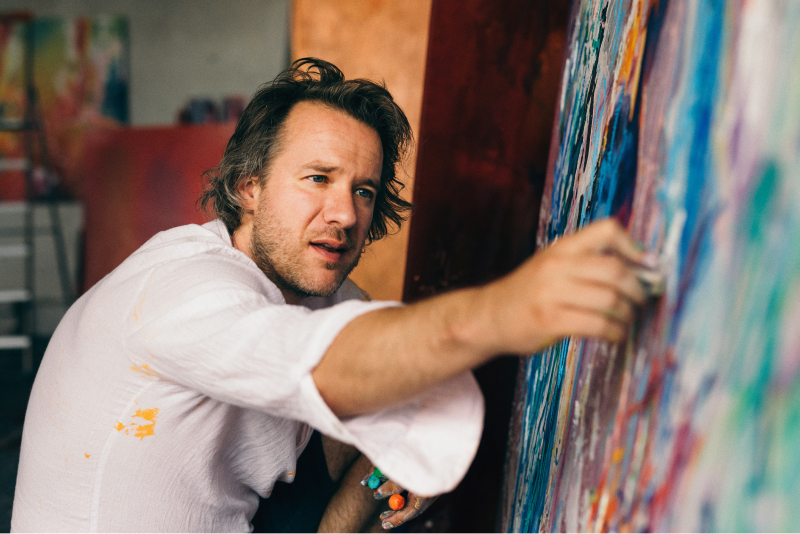
Christian Awe
Born in Berlin in 1978, Christian Awe studied at the Berlin University of the Arts with Georg Baselitz and was a master student of Daniel Richter. In 2011 he taught as artist in residence at Princeton University.
Awe is internationally known for his works on canvas and paper, but also mainly for his large-scale murals in public space.
An exhibition in the Tretyakov Gallery (Moscow) was planned before Russia invaded Ukraine. But there is currently no dialog about this.
Awe lives and works in Berlin and Palma de Mallorca, where he revived La Célula, a former sports facility – as a meeting place for creatives of all kinds and a place to connect and for creative exchange.
Christian Awe is involved in numerous social and cultural projects with a focus on education, health and integration. Among others, he helped to build a school and a hospital in Burkina Faso (West Africa).
About Christian Awe
Whether exhibitions or oversized murals in Tokyo, Miami, Frankfurt or Palma de Mallorca – the works of the artist Christian Awe fascinate with their radiance and vitality. His paintings evoke a synesthetic atmosphere by means of an emotionally charged application of color that allows intense sensory experiences.
Above all, with his works in public space Awe frequently addresses socio-political and socially critical topics like freedom, flight, tolerance, integration and cosmopolitanism. For example, he created his giant mural “Begegnung” (encounter) in the middle of Berlin right next to the Holocaust memorial on behalf of the state representation of Lower Saxony at the beginning of the refugee crisis in 2016. For his project “Art connecting cities” in Perm in 2012 he received the “Great Art Prize of Russia”. In order to stimulate the dialog between Germany and Russia, in 2021 he was invited to artistically display the 220-meter-long and about three-meter-high quay wall with a painting installation as part of the Volga Festival Samara. More than 500,000 visitors attended the opening.
With his artworks, Awe creates a moment of freedom, inspiration and joie de vivre for the viewer. His filigree handling of light, space and perspective attests a pronounced investigative mind that constantly probes the boundaries of painting. In doing so, Awe does not allow himself to be confined by predefined norms but rather blurs the boundaries between imagination and reality in a play of light and shadow. The seemingly three-dimensional colour landscapes of his new series of ‘water paintings’ appear photo-realistic, almost as though they were printed. However, every drop of water, no matter how small, is painted by hand. The paintings glow from within and take the viewer into a cosmos of color and light.
Energetic streams of color and powerful splashes give the works a passionate intensity. Paired with airy, floating gestures, they merge into an intense dialogue of spontaneity, experiment and artistic calculation and thus create a sensuality one can hardly escape.
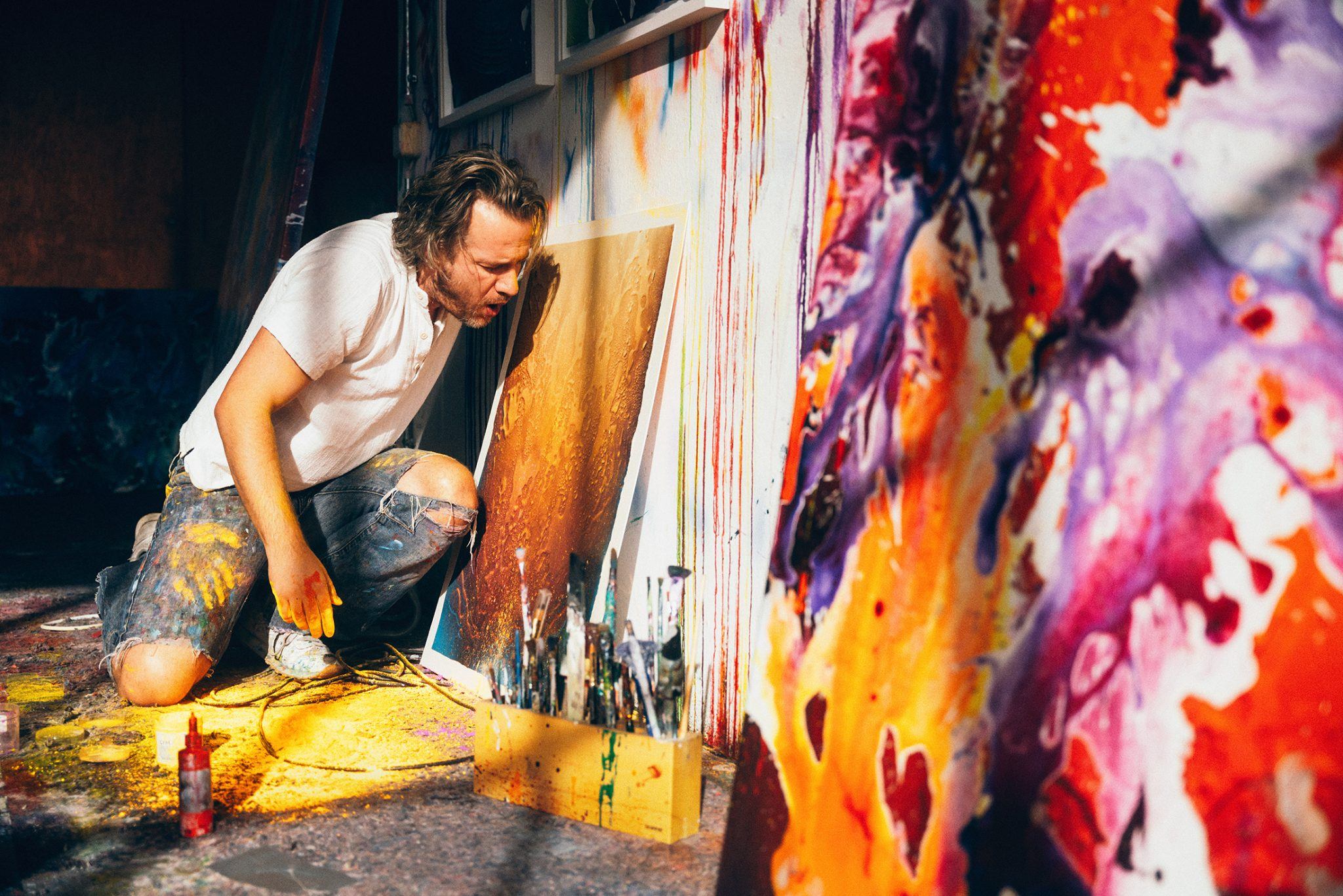
Christian Awe – project Burkina Faso
In 2014/2015, even before the great wave of refugees reached Germany, Christian Awe created a tennis court-sized mural in Berlin-Schöneberg called “Adanzé”.
Adanzé means “a warm welcome” in various West African languages. Inspired by his travels through Burkina Faso, Christian would like to send a sign of tolerance and openness through art.
The colors and patterns of the traditional clothing, the rhythm and the joie de vivre of the people in Burkina Faso are reflected in the mural. It’s like an abstract gesture of welcome from the German capital and thus from the heart of Europe.
With the proceeds from a limited charity edition of prints of details from the mural “Adanzé” as well as the proceeds from editions of other works, Christian was able to build a school for 400 children in a village community of over 5’000 people in Kassan in north-western Burkina Faso, one of the poorest countries of the world.
The nearest school was seven kilometers away. A route that children used to walk back and forth in the scorching heat in the past. As a result, they could not go to school, especially during the harvest season, because they had to help their families. After completion of the school, a further step was the construction of a hospital.
It is a matter of the heart to Christian to use his art to ignite change in order to improve the living conditions of people in their homeland and thus to combat the causes of flight locally.
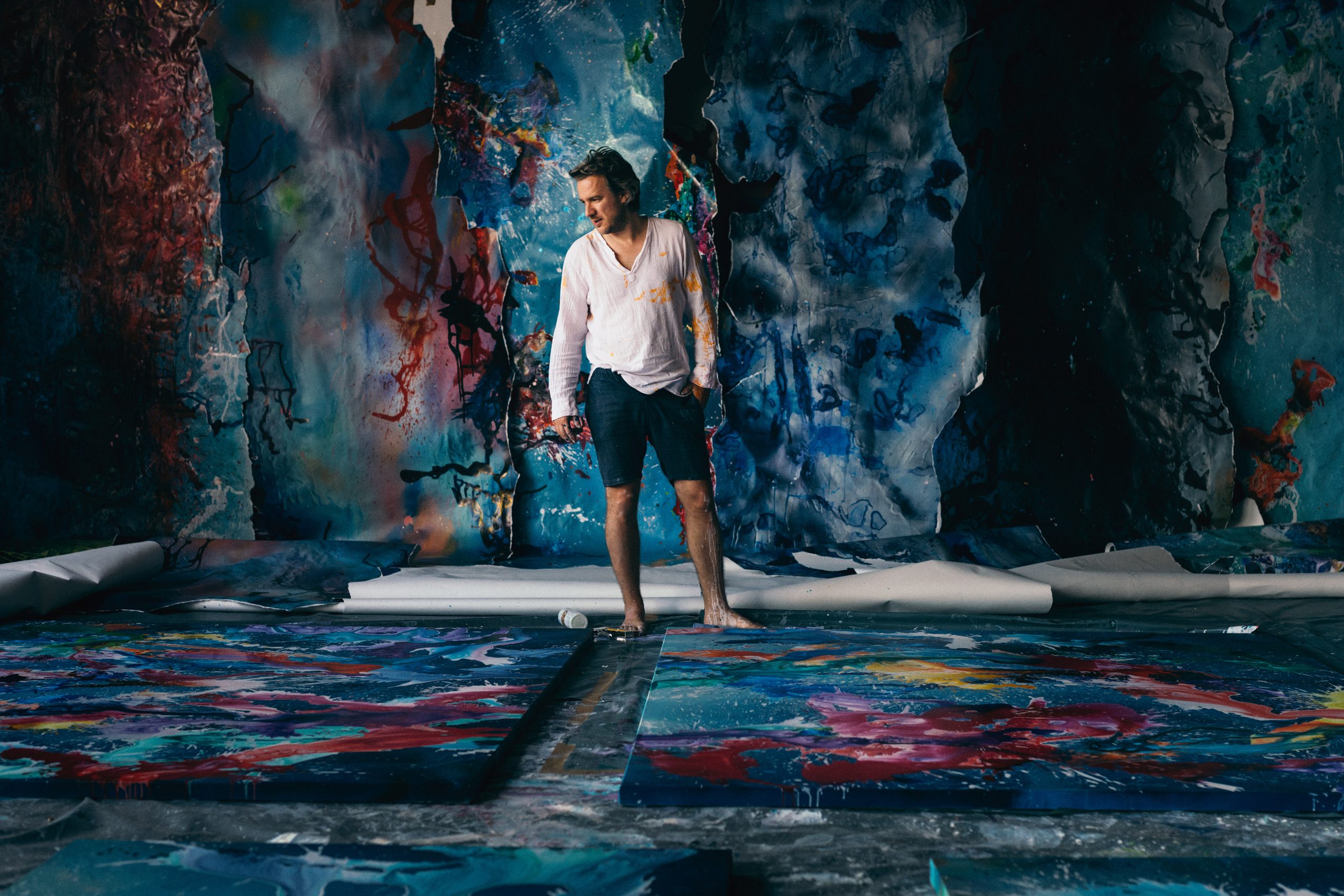
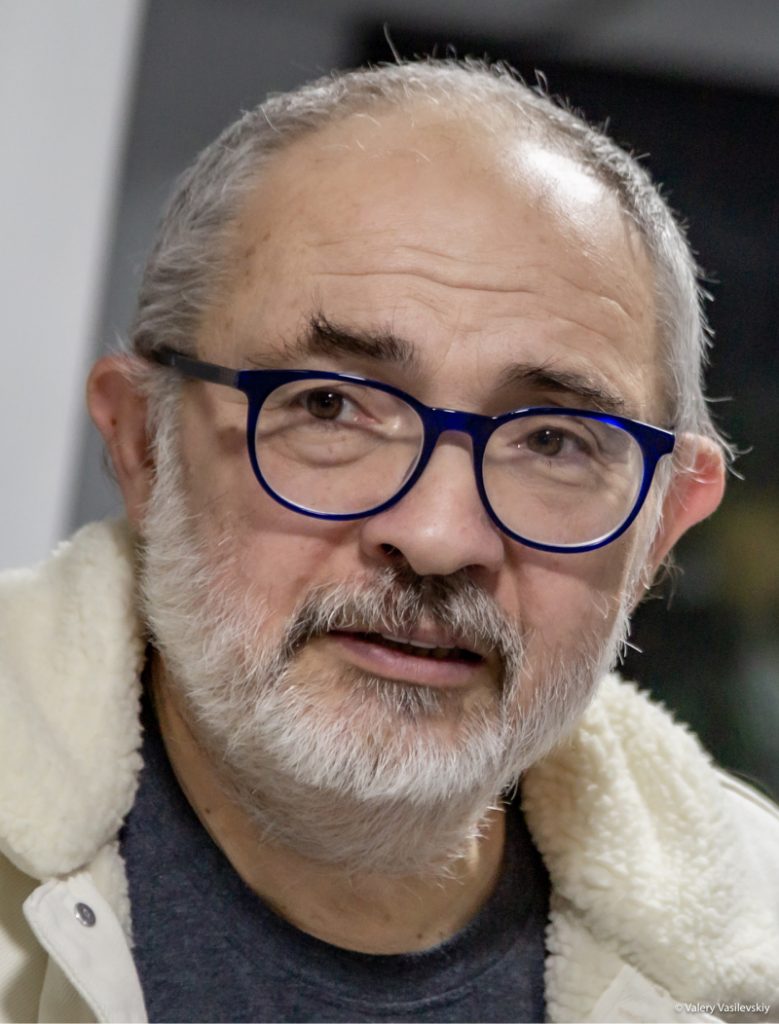
Marat Guelman
Marat Guelman (born December 24, 1960 in Kishinev/Moldova) is a collector, gallerist, publicist and curator.
In 1990 he opened the first private gallery in Russia, which until 2000 was the centre of Moscow’s art life. From 2008 to 2013 he was the founder and director of the PERMM Museum of Contemporary Art in Perm, the first museum in Russia outside of Moscow and St. Petersburg.
Since 2012 Guelman has been one of the main critics of Putin’s “return to traditional values” policy. In 2014 he was forced to leave Russia.
Since 2014 he has been implementing art residencies in Montenegro as part of the Montenegro European Art Community Cultural Centre, and since 2017, he has organized the annual forum of free culture in Europe “SlovoNovo”.
Marat Guelman is the organizer of hundreds of exhibitions and cultural events around the world. He is currently working in Berlin where he’s been setting up a new innovative art museum, the “House of Artists”, and his own gallery “Guelman and Unknown”.
DISCLAIMER
Alexander Melamid is an artist who constantly makes the audience smile, while maintaining a very serious expression on his face. His irony does not mean that his narrative should not be taken seriously. On the contrary, he always talks about the most important things. In the “Back to the Future” project, Alexander questions one of the main fetishes of the artistic environment: the diversity of artistic practices and the need for each artist to find their own language, to be different from others. Taking this extremely consumerist position, the artist does not at all intend that everyone should agree with it. Laughingly, he tells us that there is a subtext behind the text, but the artist suggests that we find it on our own. One should keep this in mind while reading this release.
BACK TO THE FUTURE
In 1998, Alexander Melamid went to preach with the portraits of Van Gogh in Thailand to the Akha, Lahu, Karen, Mien and Lisu tribes that live on the border with Burma, the most oppressed, according to him, on ethnic grounds. “I brought a reproduction in a frame to the village for the savages, a life-size stylization of the old frame: the children would approach, and touch it. They had never seen him (it’s rare to find people who have never seen Van Gogh). In the end, they even built a Van Gogh temple,” says the artist.This extravagant decision was preceded by some important events and discoveries in the life of the author. The most important discovery was provoked, as usual, by himself, together with the co-author Vitaly Komar.
In 1994, in the course of the “People’s Choice” project on the topic of “The most desirable and most undesirable picture”, which was based on the results of a sociological public survey in 17 countries. It turned out that in almost every country (with the exception of the advanced Holland) the general preference is for the predominantly blue hues and peaceful landscapes with a sprinkling of people and animals. They don’t like abstractions. Everywhere, the paintings people loved the most were made “in a realistic style.” Twenty five years later, they again conducted a survey and again identified the most preferred and least favorite paintings. (This project was being prepared for the Tretyakov Gallery in Moscow, but the war broke out, and as a protest, the artists refused to exhibit in the Russian Federation.) Nonetheless, for the “Back to the Future” project, it is important to compare the results of the polls: the country landscape was still in favor, so was the color blue, but … with the passage of 25 years, the realistic style was edged out by the “Van Gogh style”. Incredible, but true. The efforts of hundreds of museums around the world have not been in vain. The general public preferences have shifted away from the “pictorial” realism towards the “expressiveness” of modernism in general and, in particular, to Van Gogh as a man who, not only with his art, but also with his life, assumed the position of the “king of artists”.
Another premise of the trip with a missionary mission to Thailand and the whole project was Melamid’s reflections on the similarity between the world of art and the world of religion. Back in the day, Alexander had delivered a lecture-manifesto showing how similar these two worlds are. This is what he said: “I think art is religion. Not even a religion, but rather a faith, but it also began, like the Christian faith, with the small “sects” or fanatics,” says Melamid. “My youth was spent among such people. Weisberg, Kasatkin… Groups gathered around them, preaching with burning eyes, believing in this fantastic role of art. We were, so to speak, early sectarian Christians.” So, art has become a new religion for the intellectual elite – and this religion is carried by the elite like a banner, like a prayer that they are ready to mutter at the Louvre, the Metropolitan Museum, the Tate Modern – wherever they come across a valuable artistic relic. An artist is also a creator and in this aspect is akin to God. But then why, Melamid asked himself, does humanity, having come to the idea of monotheism, keep insisting on having a large variety of artists? If people all over the world admire Van Gogh, shouldn’t that tell all other artists to stop striving for uniqueness, and simply produce paintings in the style of Van Gogh. We can observe the rejection of diversity in favor of replicating the “best model” in ordinary life as well.
For example, among the mobile phones, the iPhone wins. One God, one phone, one artist. Guided by this logic, Melamid suggests to move away from the dissonance of art, canceling all artists and all opuses in the various media, and embrace the super product and a commercial giant – Van Gogh and his paintings. At our exhibition, Alexander Melamid, forgetting about his own creative method and his own language, repaints the classical works of Russian art in the style of Van Gogh. And he calls on the entire artistic world to abandon the heresy of polyartism. But, the paradox of this project is that even though in words the Artist is ready to stop being an artist and become an adherent of Van Gogh’s cult, the works he exhibited were not painted in a mechanical fashion. The artist enjoys painting, and through the “à la Van Gogh” technique, we can still see the unique style of Alexander Melamid – an artist and a New York intellectual of Russian provenance.
